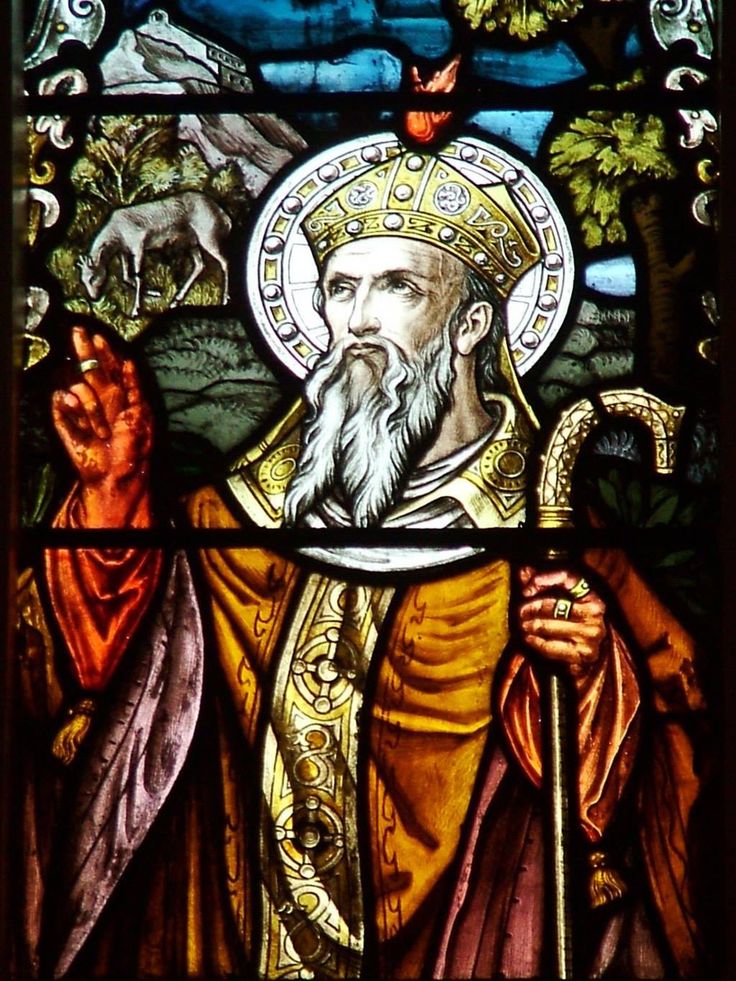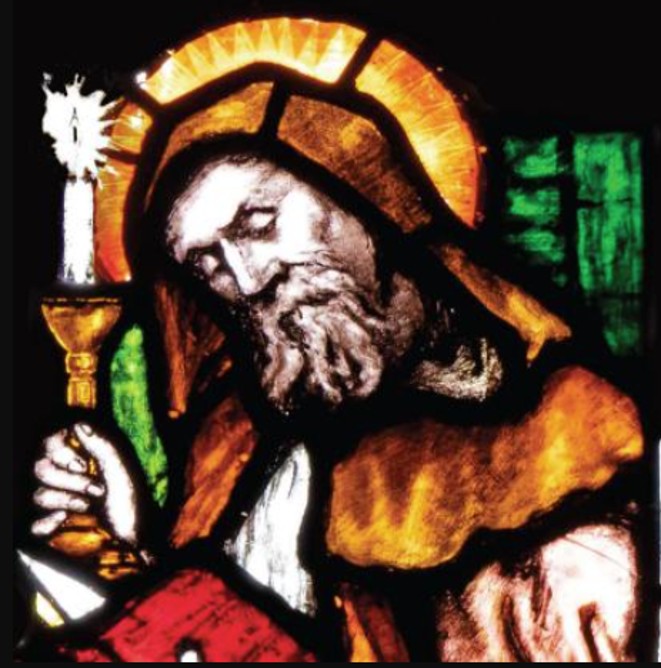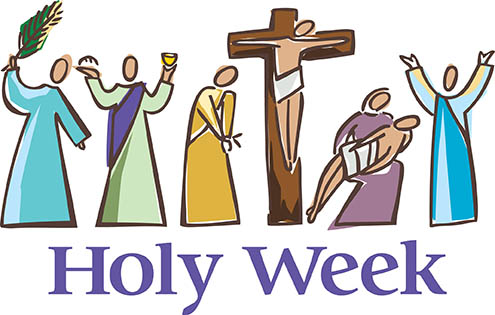
St. Finbarr (Image Source)
Much of the information here has been gleaned from omnium Santorum Hiberniae
St. Finbarr was born in Connaught, the son of a skilled artisan, called Amergin of Maigh Seóla from Galway. Finbarr’s mother was a lady of the Irish royal court. They baptized Finbarr as Lochan and sent him to be educated at Kilmacahil, Kilkenny. Lochan later trained in monastic school and was ordained. The monks nicknamed him ”Fionbarr” which is Irish for fair head. A variation of this name is Barry.
St. Finbarr was noted for miracles from childhood. He would grow up to go on a pilgrimage to Rome with St. Colgu, and St. Maedhoc, and twelve others from his monastery. In Rome St, Gregory the Great predicted his election to the episcopate, which happened on his return to Ireland.
In the Irish life preserved in the Brussels MSS, the virtues of Finbarr are narrated in this manner: “His humility, his piety, his charity, his abstinence, his prayers by day and by night, won him great privileges : for he was godlike and pure of heart and mind, like Abraham ; mild and well-doing, like Moyses; a psalmist, like David ; wise, like Solomon; firm in the faith, like Peter; devoted to the truth, like Paul the Apostle; and full of the Holy Spirit, like John the Baptist. He was a lion of strength, and an orchard full of apples of sweetness”.
Hermitage at Gougane Barra
In Ireland Finnbarr evangelized Gowran, Coolcashin and Aghaboe. He founded his first cell on an island at Lough Allua, on a beautiful island at the source of the river Lee in West Cork and South Kerry. This island is now called Gougane Barra (Guagán in Irish means “little fissure”). Finbarr lived as a hermit on this small island. It is one of the best-preserved historic hermitage monuments in the diocese of Cork & Ross.
The marshlands of Cork
In 606 Finbarr then moved to the banks of Lough Eirce, and established his chief school and monastery. It became illustrious for learning and sanctity, attracting students and pilgrims from all over Ireland. The monastic site grew rapidly, became a monastic city catering for students, pilgrims, professors and the poor. Finbarr’s monastery became famous in province of Munster and attracted many disciples. The chosen monastic site was built on marshland, where Cork got its name from the original Irish name Corcach Bascain. The River Lee would occasionally overflow its banks and gave the whole surrounding area an immense lake like effect, which was called in those days, ”Lough Eirce”. The City of Cork would later sprawl out around Finbarr’s monastic site, as a town grew and became prosperous. Today the motto for University College, Cork, is “Where Finbarr taught, let Munster learn”. This motto is an artistic paraphrase from the origins text in Gaelic. “Ionad Bairre Sgoil na Mumhan” = Finbarr’s foundation, the School of Munster. Finbarr’s monastery is believed to have been situated close to the present day Church of Ireland Cathedral of St Finbarr.
The passing away of the fair haired Saint
For seventeen years, Finbarr governed his monastery before he felt summoned to his heavenly reward. Around the year 623 AD St. Finbarr died at the monastery of Cloyne in East Cork, founded by his friend, St Colman. The abbey of Cloyne is about 24 kilometres from Finbarr’s monastery in Cork. His remains were later translated to Cork and deposited at the foot of a monumental cross, with his relics encased in a silver shrine for veneration. In 1089 they were seized by Diarmait Ua Briain, who later ruled as King of Munster. The shrine and the remains have never been recovered.
St Finbarr’s feast day is celebrated on 25th September. As a Cork city’s patron saint, he is greatly revered.



